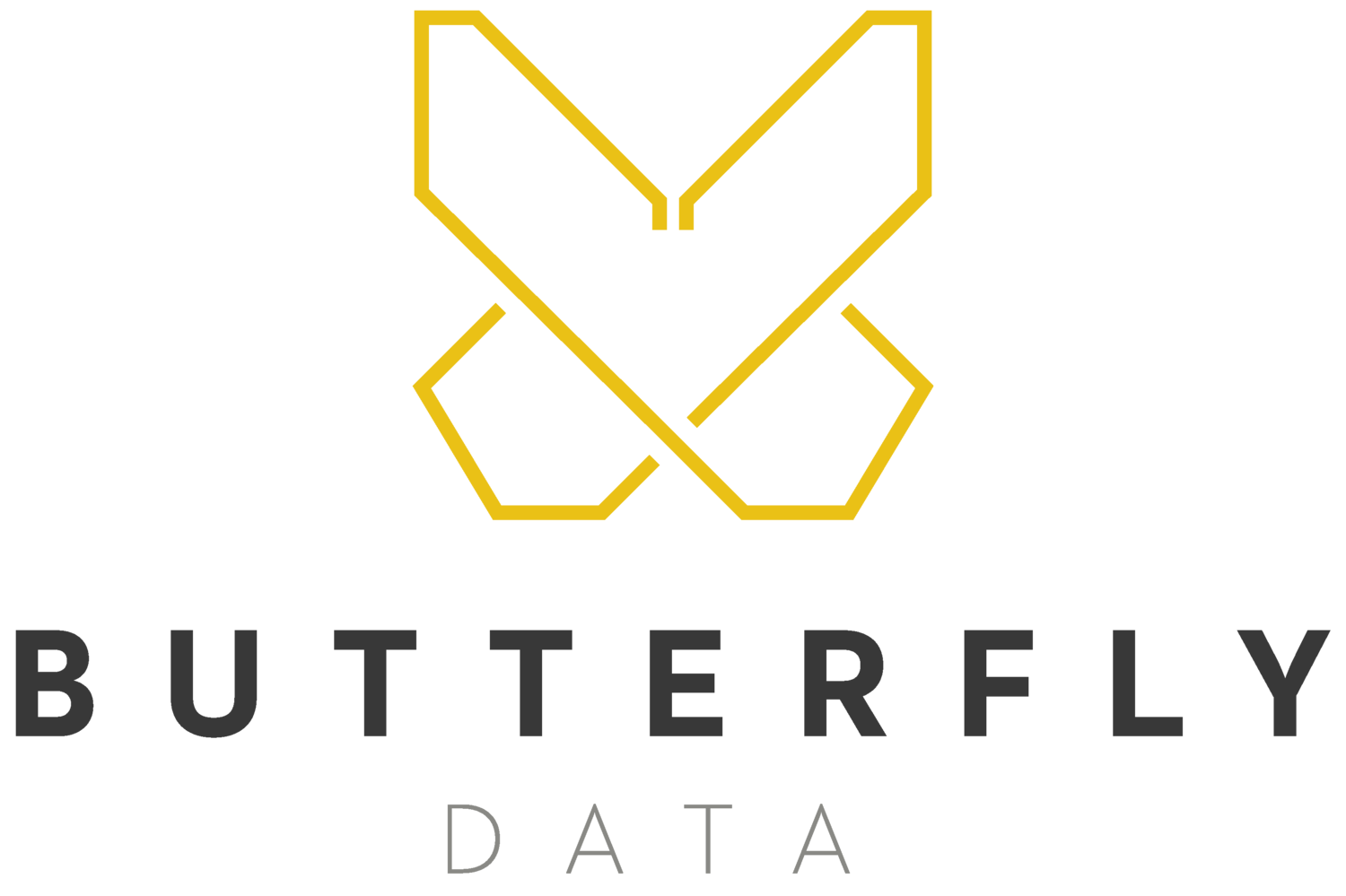Using Slack Effectively as a Remote Company
Since the start of the pandemic, Butterfly Data has transitioned from being a distributed company to being a remote company. There are a whole range of tools for remote working, but in this post I’ll specifically discuss how we try to use Slack effectively here at Butterfly Data.
#1) Make Slack Fun
While obviously the main use of Slack is for getting work done effectively as a company, it is important to make Slack something that people actually want to use. I think of Slack a little bit like the company’s office - after all they literally call it a ‘workspace’. You want your office to be a productive but fun place to work.
The use of emojis in Slack is one fun way to customise your workspace, where you can react to messages with an emoji. You can even add in your own custom emojis and our team has recently got way too obsessed with the Party Parrot emojis. There is also gif integration with Giphy.
We try to have a mix of weekly posts on our #random channel such as “Meme Thursday” and “Monday Morning Did You Do Anything Nice This Weekend Thread” (#MMDYDANTWT) (can you tell we’re a Data Consultancy and not a marketing one?). These give people a chance to share a little about what they do in their free time and to try and have some fun in the week.
#2) Please please please please please use threads
One particular strength of Slack is the ability to use threads. If someone posts a question in a Slack channel, someone can answer by responding in a thread, which means the responses will be nested under the initial message. Everyone in that channel will only get one notification rather than get a notification for every response in the whole conversation (definite similarities to “reply” vs “reply all” in email!).
There’s a whole load of research out there about how distracting notifications from email and messaging services can be, so making sure people are not getting notifications for stuff unrelated to them is really useful; so having a culture of people using threads well, particularly on channels everyone is a part of, will make your company use Slack more effectively. (We like to passive aggressively respond with a thread emoji to a comment that should have been in a thread 🧵).
#3) Make use of channels
Channels are a bit like a permanent group chat, with a specific purpose. They can be either public, meaning anyone can browse and join it, or private where only invited people can see them. We have a lot of channels ranging from ones everyone has to be on (#general), to project based ones, to learning based ones such as #python and #azure, and also to ones which are just for fun like #butterfly-book-club and #fpl (our work Fantasy Premier League league, which I’m currently winning).
It is useful to be able to separate topics out, as someone might want to be on all the data related channels but have no interest in the marketing channels. This means people can tailor their Slack, with channels, to the conversations they want to be involved in.
#4) Connect with Other Companies
There’s a cool feature called Slack Connect, which allows you to message people on other Slack workspaces. We have used this on a project where we were collaborating with another company, rather than have to send an email or have a meeting anytime we wanted to get in touch with them. This allows you to keep all your messaging within one application.
#5) It has a great mobile app
Slack has, in my opinion, a far better mobile experience than other IM services such as MS Teams. This means you can easily read and send messages while away from your computer.
However, it is important people are able to disconnect from Slack outside of work hours. I only receive notifications from Slack between 08:00 - 18:00 on weekdays and switch them off when I’m on holiday (for more info on how to do this see here).
#6) Use Integrations With Other Services
Slack is very effective at integrating with other tools, these include services such as Trello, Google Calendar, Github and Zapier (see a blog about Trello and Zapier here). This can be very helpful for not having to have lots of applications open at the same time. For example, I have an integration with Google Calendar that means I get a Slack message 5 minutes before a meeting.
Side note: Should we use instant messaging tools at all?
I recently read Deep Work by Cal Newport, which does leave me a little conflicted about the use of these sorts of tools and how they affect our productivity at work. I think for a remote company, for employees to feel plugged in and part of a team, you need to have tools that make people feel connected.
However, I think encouraging asynchronous communication is important, people should not be expected to reply to messages instantly. Fostering a culture that allows people to switch off Slack and email for periods of time and enter sessions of what Cal Newport describes as “Deep Work” is probably the balance that is needed.

